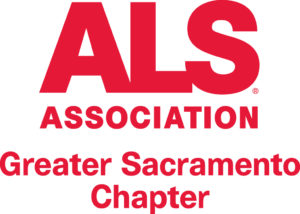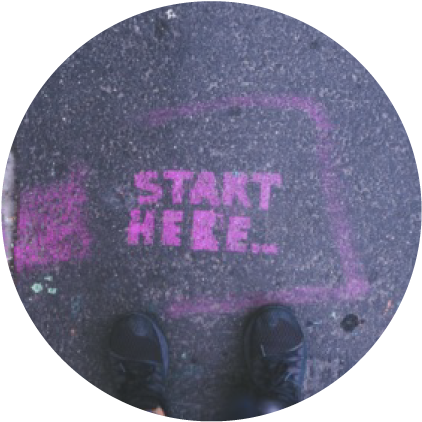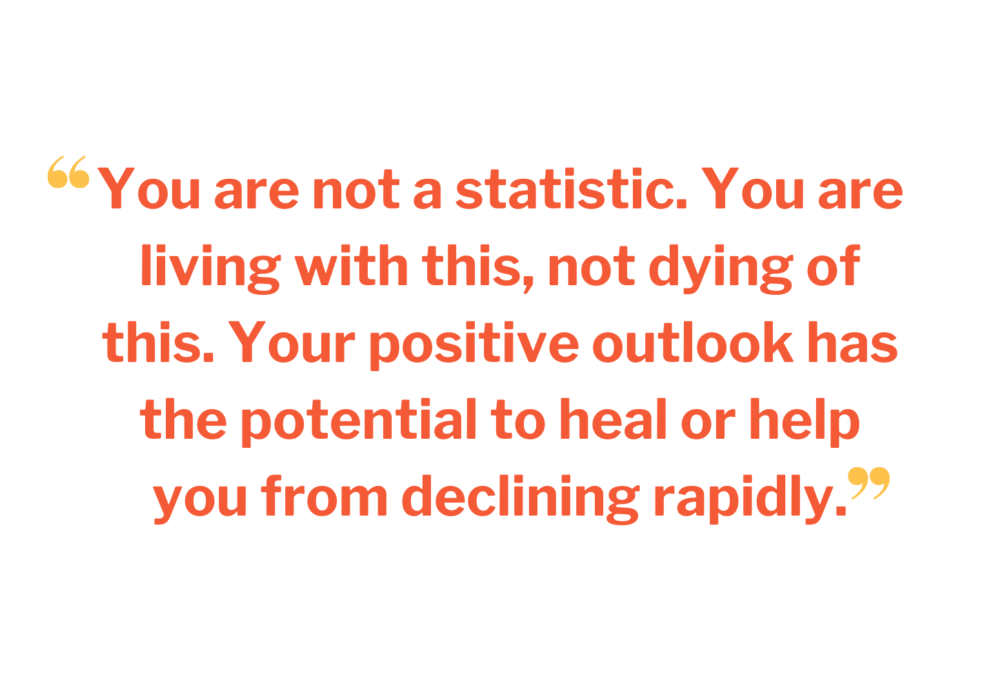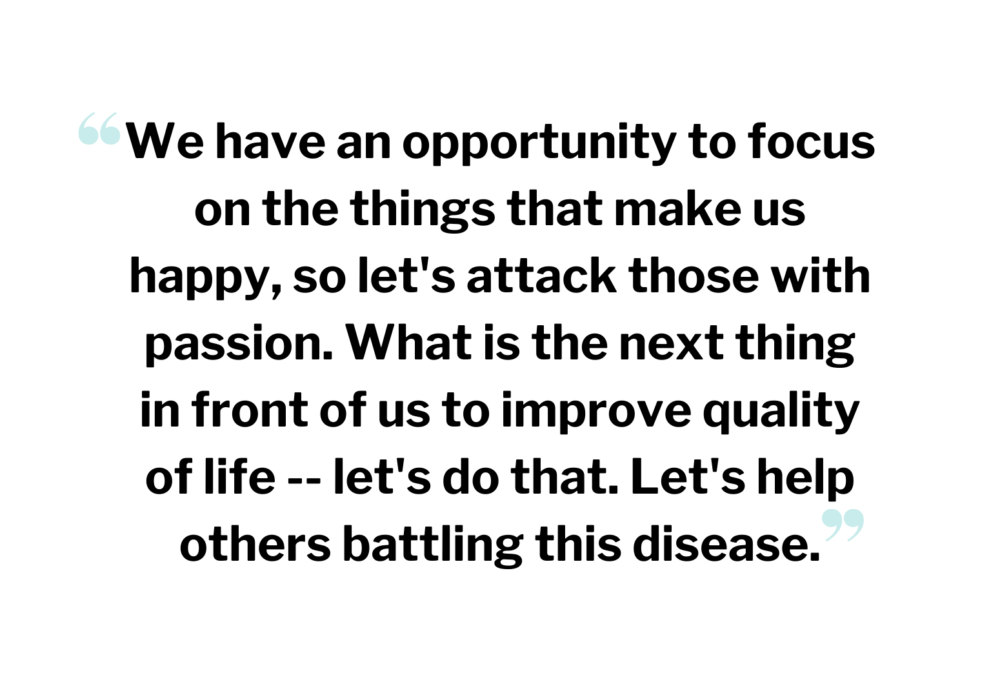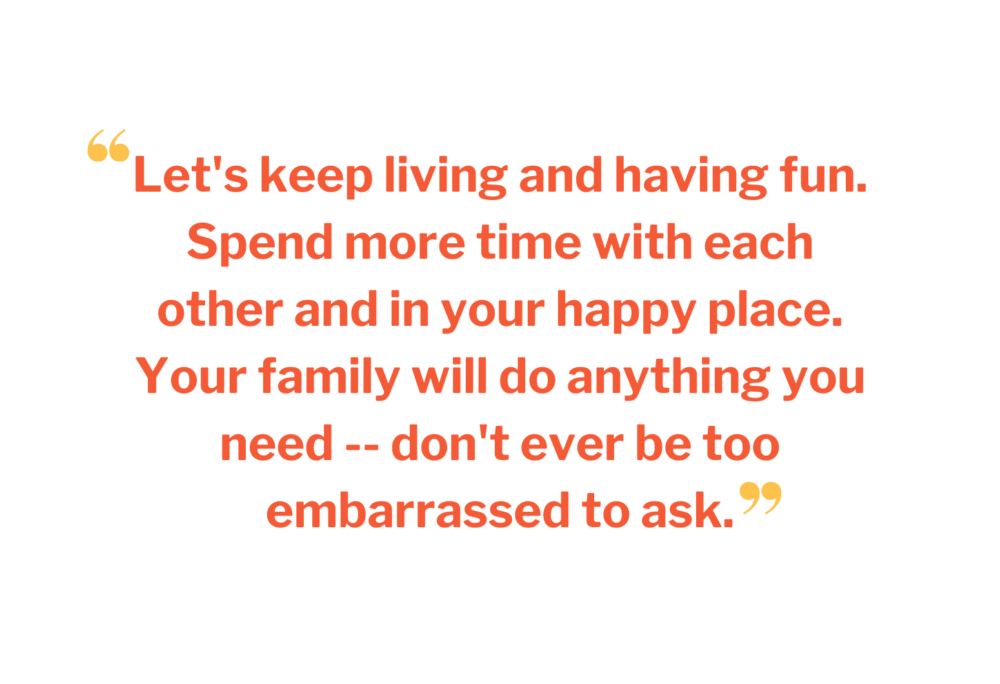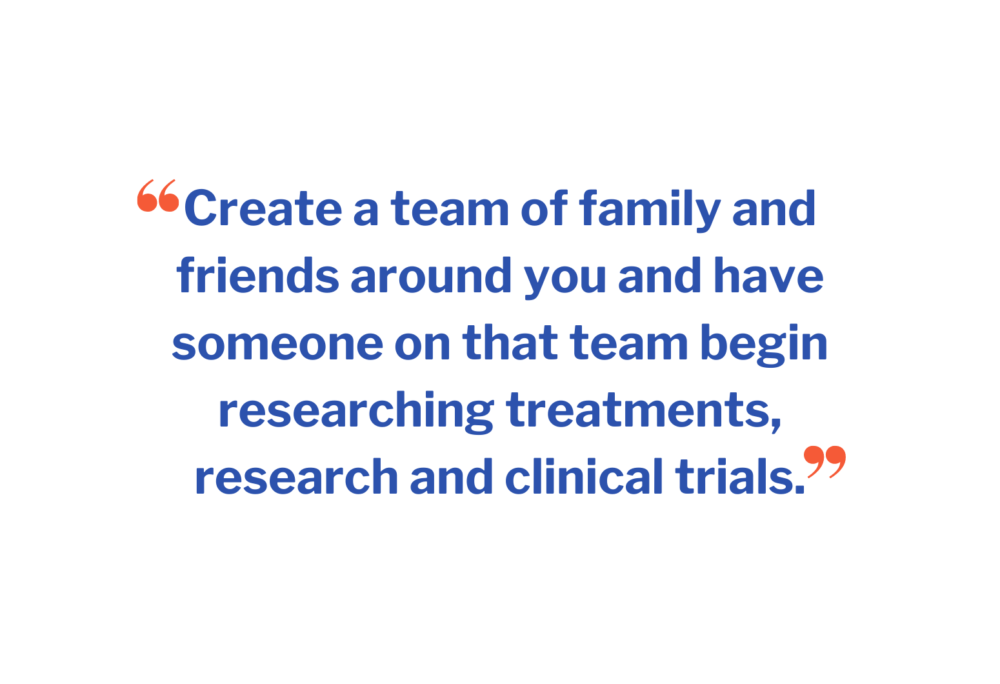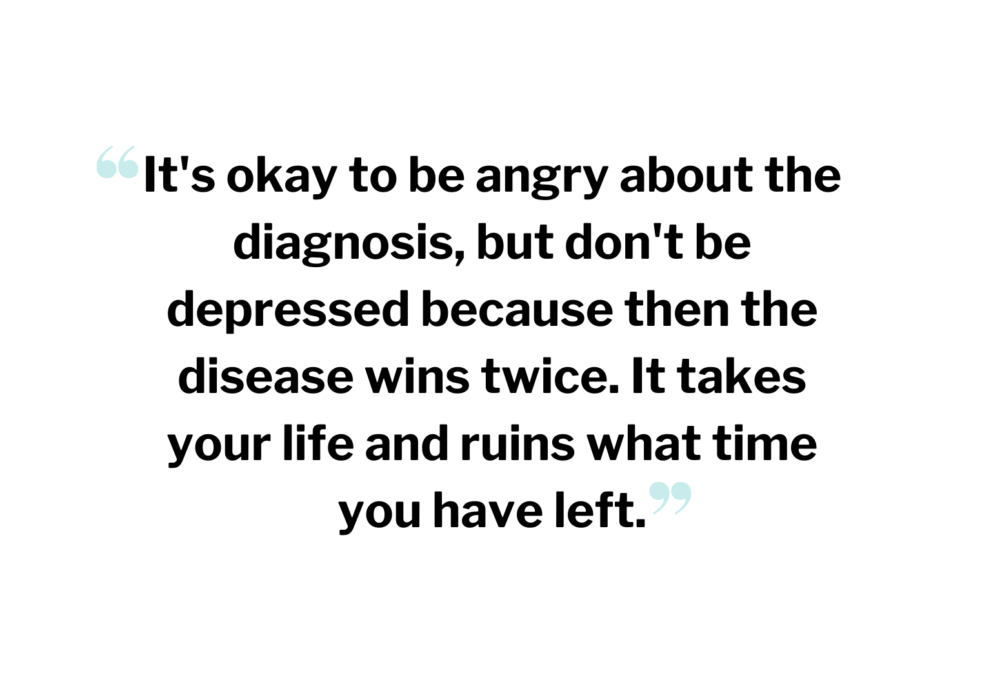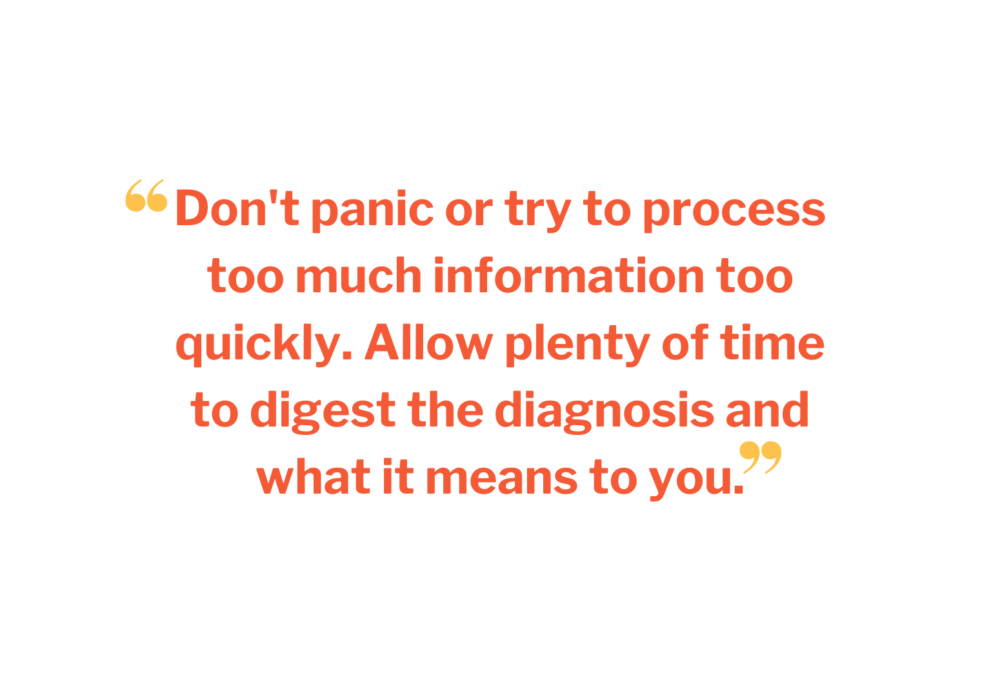Some health professionals and emergency personnel may not be familiar with the unique needs of a person with ALS. As such, it’s important to know what information is essential to share to ensure you or your loved one receives appropriate care in an emergency medical situation.
The information on this page includes advice from patients, caregivers, ALS physicians and The ALS Association.
ALS EMT/emergency room information
- I may slur my words or not be able to speak at all, but I UNDERSTAND what you’re saying.
- Speak to me in a normal voice and please ALLOW ME TIME to communicate.
- If I have a gastrostomy tube, please use that for the administration of “oral” medications.
- My caregiver(s) and I are extremely knowledgeable about my condition, treatment needs and equipment. Please work with us.
Shortness of breath
If I display shortness of breath, DO NOT give me oxygen unless I have another respiratory condition that requires it. I may need noninvasive positive pressure ventilation to expel CO2.
Oxygen may not help and may mask respiratory failure
My lungs are healthy, but my muscles, including diaphragm, are weak. IF I’m using a BPAP at home, the settings should be the same as those. IF NOT, a BPAP with a pressure of 12/6 and a backup rate of 10 with titration (as needed) may help.
Avoid laying me on my back
Lying on my back may be difficult for me because of the possibility of CO2 retention due to diaphragmatic weakness and aspiration due to poor ability to protect my airway. I may be able to lie on my back if using a BPAP or non-invasive mechanical ventilation.
Avoid
Please AVOID paralytic or general anesthetics, narcotics or muscle relaxants unless absolutely necessary. If used, the ability to rapidly assist ventilation noninvasively or invasively should be available.
Additional resources
The ALS Association developed a series of communication and educational tools to help inform medical providers as well as provide pertinent insurance and family information. Check out the tools here.
Using this information
It’s important for the person with ALS and their caregiver to keep a copy of this information with them. Here are a few tips for carrying this information:
- Use The ALS Association’s Key Medical Information Mobile app for iOS or Android to access critical information for medical professionals. In addition to medical dos and don’ts, the app provides a communication board and emergency contact fields for users to reference.
- Place a printed copy of emergency guidelines on your or your loved one’s power chair. Consider laminating this copy.
- Place a printed copy of emergency guidelines in your or your loved one’s handbag.
- Get a wearable like a wristband or button with basic information about you:
- Your Name; I have ALS; I can understand you; Don’t lay me on my back; Oxygen may not help me; Turn over for contacts
- Check out ROAD iD or American Medical ID to order a wristband, and Wacky Buttons or Pure Buttons to order a custom button
![]() The ALS EMT/Emergency Room Information was adapted from the ALS Association of Greater Sacramento.
The ALS EMT/Emergency Room Information was adapted from the ALS Association of Greater Sacramento.

